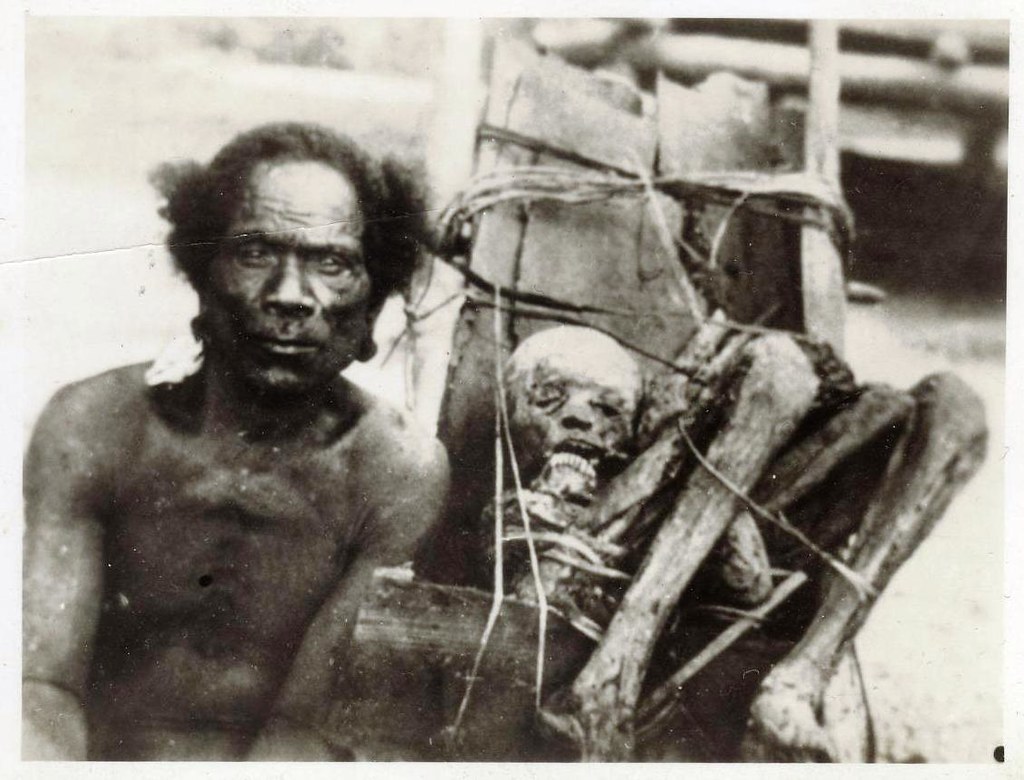Adolf Hitler's Mother, Klara Hitler
Klara Hitler (née Pölzl) who had a peasant background, was born in the small Austrian village of Spital. She was the eldest of only three children who survived childhood, out of eleven children.
In later years, Klara was described by the family doctor as being a very quiet, sweet, and affectionate woman. Yet somehow, Klara managed to give birth to one of the most murderous and deranged dictators that ever walked this planet.
 |
| Klara Hitler, circa 1880s |
It was in the year 1876 that Klara left her family's farm to begin work as a servant at the home of her second cousin, Alois Hitler, whose original surname was Schicklgruber; his name was changed to a variant spelling of his stepfather' Johann Hiedler.
Klara's cousin, Alois Hitler, was married to a well-off woman who was fourteen years his senior; she was in poor health and without children. However, Alois was soon engaged in an affair with, household servant Franziska Matzelberger, in 1877.
Franziska died in August 1884 and Klara and her second cousin Alois Hitler, married on 7th January 1885. Although, they had to obtain a special permit because they were cousins.
From various accounts, it appears that Adolf Hitler had a very close relationship with his mother. He later told Joseph Goebbels that his mother was "a source of goodness and love" whereas his father was "a tyrant in the home".
Adolf's sister, Paula, also said their mother was "a very soft and tender person, the compensatory element between the almost too harsh father and the very lively children who were perhaps somewhat difficult to train. If there were ever quarrels or differences of opinion between my parents it was always on account of the children. It was especially my brother Adolf who challenged my father to extreme harshness and who got his sound thrashings every day. How often, on the other hand, did my mother caress him and try to obtain with her kindness what her father could not succeed in obtaining with harshness!"
In 1907 Klara was diagnosed with breast cancer. She underwent a mastectomy and an experimental form of chemotherapy, called iodoform, which poisoned her. She died on 21 December 1907. Adolf Hitler. the man who authorised the "euthanasia" program, which was the systematic killing of those Germans that the Nazis deemed "unworthy of life." said that his mother's death was a "dreadful blow."
Klara's cousin, Alois Hitler, was married to a well-off woman who was fourteen years his senior; she was in poor health and without children. However, Alois was soon engaged in an affair with, household servant Franziska Matzelberger, in 1877.
 |
| Portrait photograph of Alois Hitler née Schicklgruber |
Franziska saw the young Klara as a rival and insisted that she leave the house. Franziska gave birth to a child named Alois, in 1882 and became Mrs Hilter after Anna Hitler died in 1883. Two months after being married, Franziska gave birth to daughter, Angela. Soon, however, Franziska was ill with tuberculosis and Klara was invited back to care for the children.
Franziska died in August 1884 and Klara and her second cousin Alois Hitler, married on 7th January 1885. Although, they had to obtain a special permit because they were cousins.
From various accounts, it appears that Adolf Hitler had a very close relationship with his mother. He later told Joseph Goebbels that his mother was "a source of goodness and love" whereas his father was "a tyrant in the home".
Adolf's sister, Paula, also said their mother was "a very soft and tender person, the compensatory element between the almost too harsh father and the very lively children who were perhaps somewhat difficult to train. If there were ever quarrels or differences of opinion between my parents it was always on account of the children. It was especially my brother Adolf who challenged my father to extreme harshness and who got his sound thrashings every day. How often, on the other hand, did my mother caress him and try to obtain with her kindness what her father could not succeed in obtaining with harshness!"
In 1907 Klara was diagnosed with breast cancer. She underwent a mastectomy and an experimental form of chemotherapy, called iodoform, which poisoned her. She died on 21 December 1907. Adolf Hitler. the man who authorised the "euthanasia" program, which was the systematic killing of those Germans that the Nazis deemed "unworthy of life." said that his mother's death was a "dreadful blow."




